
Developer: BeautiFun Games
Publisher: BeautiFun Games
Platform: Switch, PC, Android
Tested on: Switch
Professor Lupo: Ocean – Review
Back in 2019, Professor Lupo and his Horrible Pets made its debut, ending with a cliffhanger ending. Fast forward a year and a half and we’re looking at Professor Lupo: Ocean, the latest entry in BeautiFun’s 2.5D puzzle series. The professor himself is conspicuously absent from the opening scenes of the game, and a new protagonist, Clone, makes her appearance. Is Professor Lupo: Ocean a worthy successor to the original?
Story
Set 5000 years after the original Professor Lupo game, Ocean puts you in the shoes of a clone (conveniently named Clone). After millennia in hibernation, Clone is woken up by Pluto, the A.I. of Professor Lupo’s space station. The station is being flooded, and it is Clone’s task to perform maintenance to get everything back up and running again. At least, that’s what Pluto hopes, but he is unaware that the station is no longer in space, but has crashed into the ocean. Clone realizes that she’s stuck in an abnormal situation, and chooses to follow her own path. Soon enough, a mysterious voice makes contact and promises her a way out of the crashed space station.
Although the narrative of Professor Lupo: Ocean serves as an epilogue to Professor Lupo and his Horrible Pets, the game doesn’t require you to have played the predecessor and works as a standalone story. That said, those that have played Professor Lupo and his Horrible Pets will encounter various references to the previous title but these are akin to easter eggs rather than plot elements.
Graphics
As a 2.5D puzzle game, Professor Lupo: Oceans doesn’t really push any visual boundaries, but it doesn’t really need to either. The puzzle levels themselves don’t really stand out from a visual point of view. In fact, they often feel very repetitive, which makes sense as a space station doesn’t lend itself to a setting that has very varied environments. What does make an impression, however, are the designs for the characters and creatures. Whether it’s Clone herself or one of the fish that attempt to kill her, every living thing you encounter looks fantastic. The designs are characterful and cute, and none of them would feel out of place in an animated series or comic book.
Sound
Although Professor Lupo: Ocean’s music isn’t anything to write home about, we were very impressed with the voice acting. Not only is the game fully voiced, but the performances here are outstanding. From Pluto’s neurotic voice to Clone’s endearing responses, the characters are really brought to life by the cast. The sound effects, especially the creature sounds add another layer of audio immersion. Add to this that the audio quality is crisp and clear, and you’ve got a game that really stands out because of its excellent sound design.
Gameplay
Professor Lupo: Ocean offers up 40 puzzles that you’ll need to solve in order to help Clone escape from the crashed space station. To do so, she must make her way through each room, traveling from point a to point b, with each room offering up a different puzzle. These puzzles are built around three core elements: opening doors, flooding the rooms and corridors of the space station with water and getting the myriad of alien sea creatures that you’ll encounter to perform certain actions. Each puzzle has a clear goal, but also adds an optional data disk that you’ll be able to pick up along the way. These data disks vastly increase the game’s difficulty but also expand upon the story.
The puzzles require not only brainpower to figure out, but a good sense of timing as well, as the sea creatures are eager to hunt Clone and you’ll need to figure out ways to avoid them. Clone has only a limited arsenal of available tools: she can walk around the rooms (slowly) and she can open doors, either by pressing color-coded switches that correspond to certain doors, or by remotely opening neutral doors with her collar. There is a decent variety when it comes to the puzzles, and some of the challenges you encounter can be real head-scratchers. As there are no lives in Professor Lupo: Oceans, you can keep experimenting until you figure out the solution, even if it means that Clone meets her premature end several times. There are also invisible checkpoints, so if you die in the middle of a level, there’s a good chance that you won’t have to start over completely from scratch. You’re likely to die often, especially during the early stages of the game while you’re still figuring out the mechanics or when you are encountering new creatures.
There is a sizable menagerie here, from cutesy fish that turn into aggressive shark monsters, down to electric jellyfish that will slowly make their way towards you in order to electrocute you to death. The aquatic fauna will also react differently depending on whether they are in a dry or a wet environment: electric jellyfish, for example, will only shock you on contact in a drained room, but if the room they are in is filled with water, then their electricity will zap everything in that area. All of the creatures’ powers can be turned into an advantage and it is this mechanic that provides Professor Lupo: Ocean with its enormous variety in puzzles. Having the jellyfish zap a room can cause it to trigger a switch you can’t reach yourself, for example. There is a delicate balance here between getting a creature to do what you need or getting killed.
This balance isn’t always perfect, and we do feel that a lot of our deaths were unfair simply because Clone’s walking speed is frustratingly slow. The time frame in which you first lure a creature towards you and then subsequently make your escape is often a smidge too small for comfort, resulting in an experience that feels unbalanced at times. This isn’t applicable to the entirety of the game though, and more often than not the game’s balance is perfectly fine as is. The game is an example of the sum being greater than its parts: strip away the immersive narrative and you’re left with puzzle gameplay that doesn’t really stand out. The game is also significantly shorter than Professor Lupo and his Horrible Pets, which offered up 100 puzzles as opposed to the 40 present here, although to be fair, this is reflected in the game’s pricing.
Conclusion
Professor Lupo: Ocean offers up a decent puzzle game backed by an intriguing narrative, fantastic character designs and wonderful voice acting. The gameplay can be frustrating at times, especially when it comes to avoiding the creatures that inhabit the space station, and the puzzles aren’t always the easiest. BeautiFun Games’ biggest achievement is how well they’ve managed to combine the separate elements to deliver a title that is more than worth a look at, but if you’re not a fan of the character designs or the narrative, there is a good chance that the gameplay won’t redeem Professor Lupo: Ocean for you.
Professor Lupo: Ocean - Review,
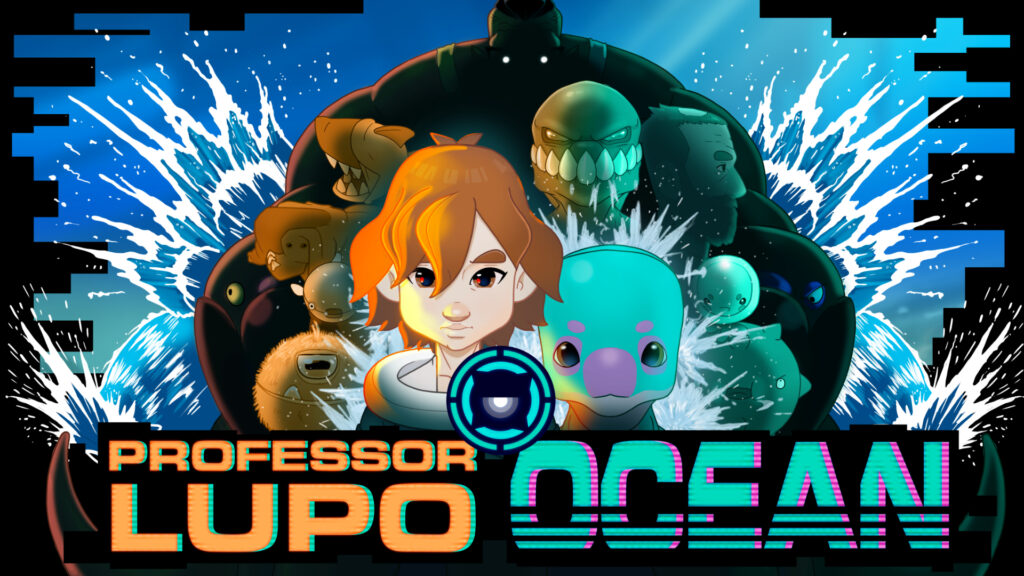

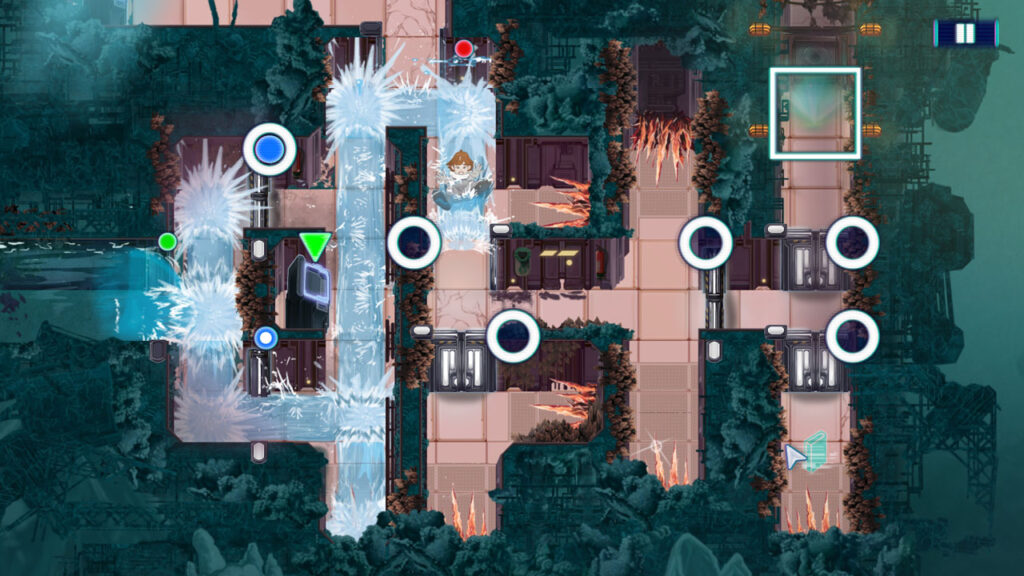
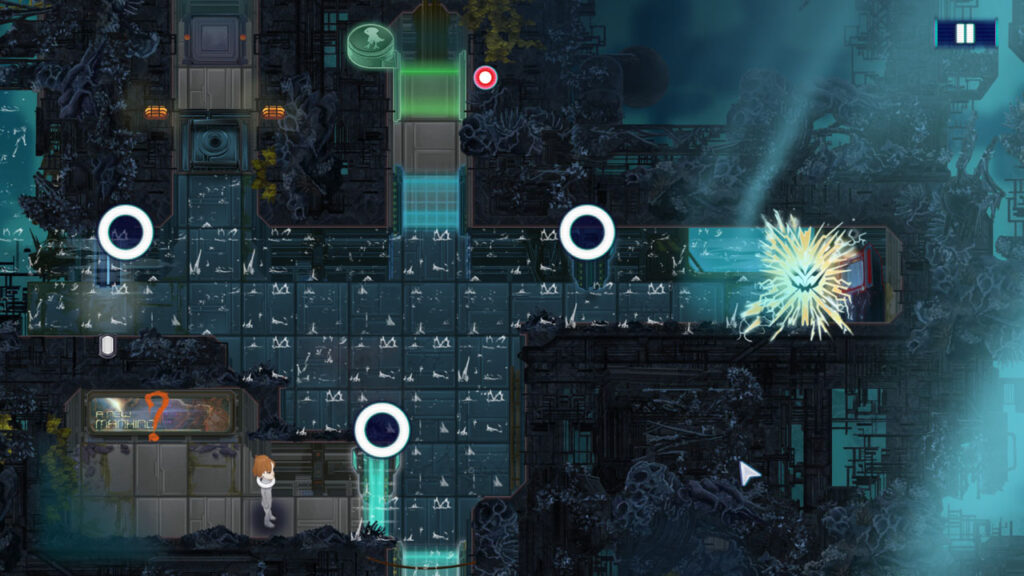
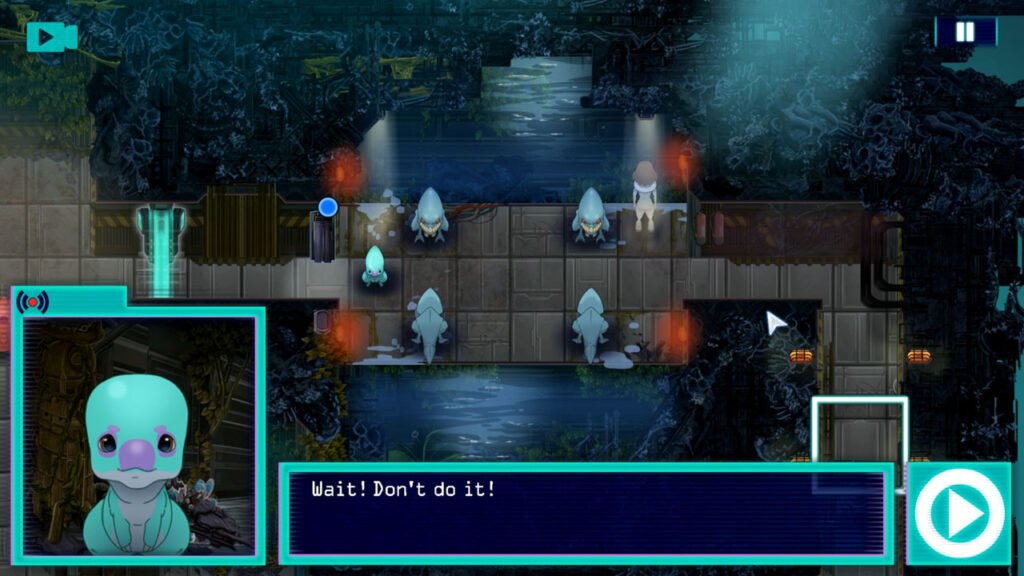


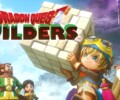

No Comments